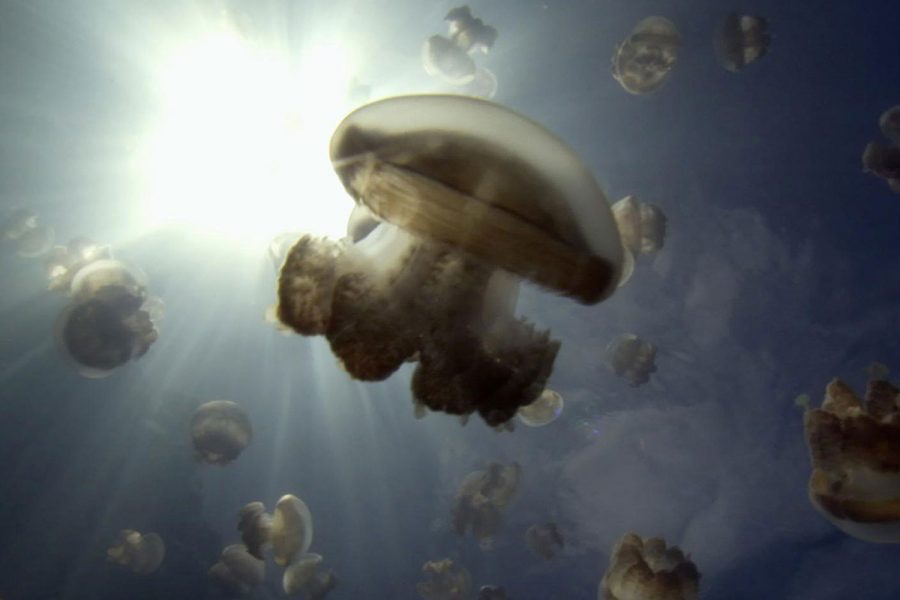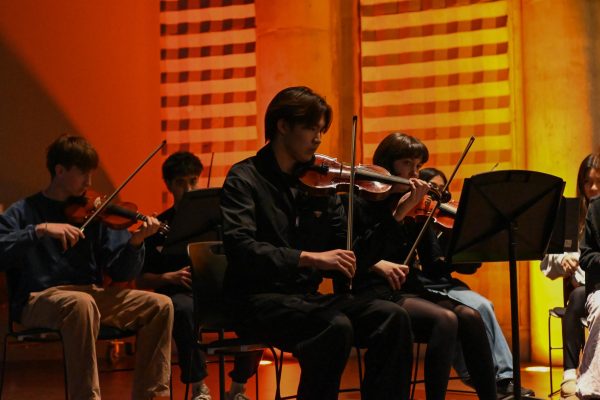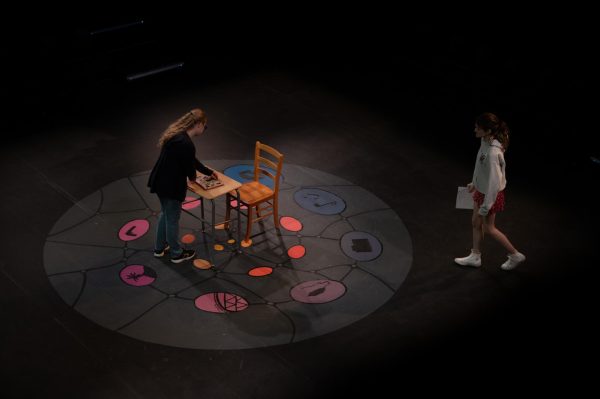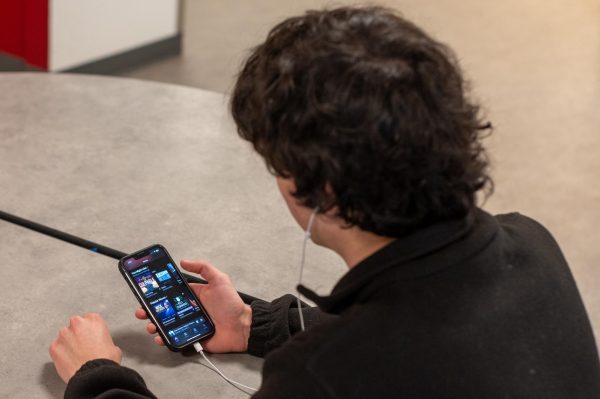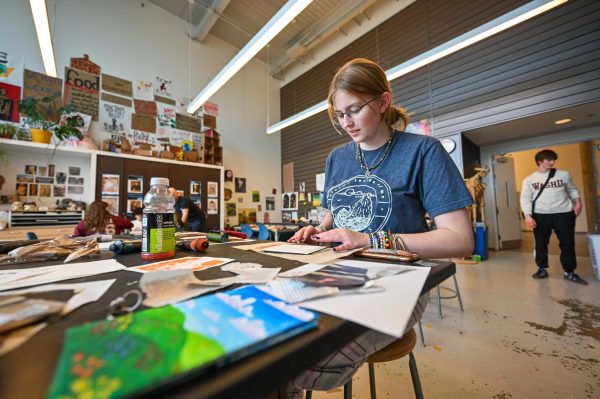MCA explores water’s effects on human life
Water. We couldn’t live without it, yet too much of it and we’re drowning.
A new exhibit at the Museum of Contemporary Art, “Water After All,” explores human interaction with water from great successes like prospering civilizations and successful migrations to tragedies such as the transatlantic slave trade and water contamination.
The exhibit is anchored by the video “Vertigo Sea” by artist John Akomfrah.
Although the exhibit requires a serious dedication of time to soak up, it is well worth the devotion, as the exhibit juxtaposes thousands of years of history through the influence of water.
The exhibit opened in December and closes June 14.
Wood boards bearing aquatic-themed literary quotes lead viewers into the maze of the exhibit. The theme of water is used as both a literary element of necessity and hazard. This illustrates the basic direction of the exhibit—we find ourselves connected with “Water After All.”
Anchoring the exhibit as its centerpiece is “Vertigo Sea,” a video by John Akomfrah. Mr. Akomfrah has established himself as an artist and videographer, particularly exploring post-colonialism, memory and temporality.
The 48-minute video spans three screens and juxtaposes imagery of the brutal whaling industry with that of intercontinental migration throughout history.
“Vertigo Sea” is a mix of archival and new footage and material and readings from classical sources. With brutal descriptions through footage, narration or illustration of both whaling and transatlantic slave trade, the film is jarring and meant to be. In contrast, the film also includes positive stories of migration and influences of water.
Well worth the dedication of time, Akomfrah elegantly evokes pain and compassion in his audience while also motivating them to correct the mistakes of the past and work to help the world.
Aside from the video, the exhibit displays several pieces illustrating influences of water on human life. One particularly painful piece has black and white photos of a marsh surrounding a poem telling the story of men who sailed across the ocean to be sold into slavery, but upon arriving, turned and walked back to the water saying “the water brought us, the water will take us away.”
Across the exhibit, screen prints of music composed by sound artist Guillernmo Galindo hang on the wall, representing the objects converted to instruments and inspiration Mr. Galindo gathered from a humanitarian organization that worked with water tanks on the United States-Mexico border.
The MCA Website states the exhibit is meant to evoke “poetic awe and horror of humanity’s relationship with water.” On that message, it certainly rises to the occasion.























































